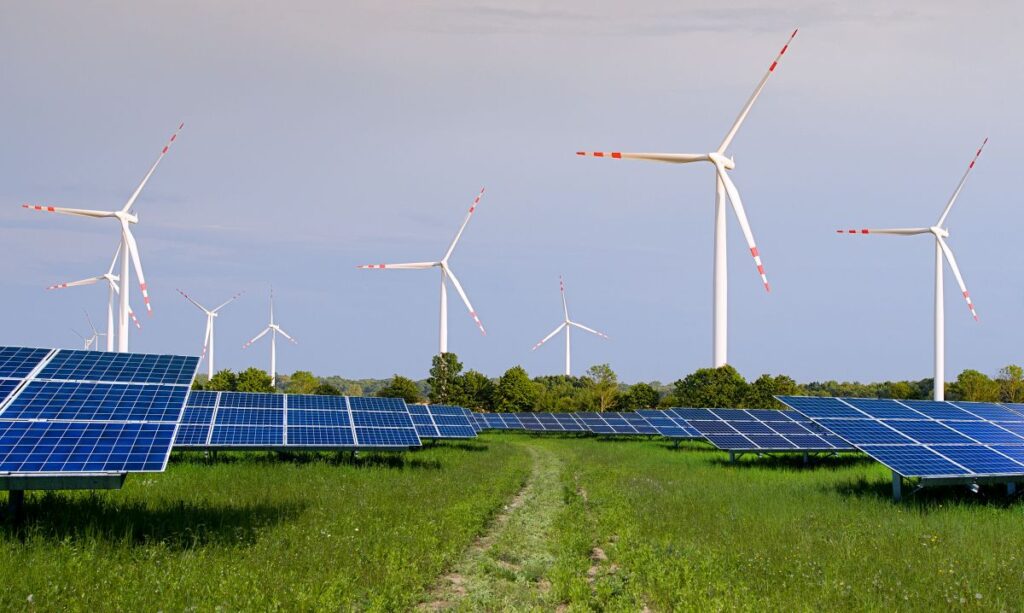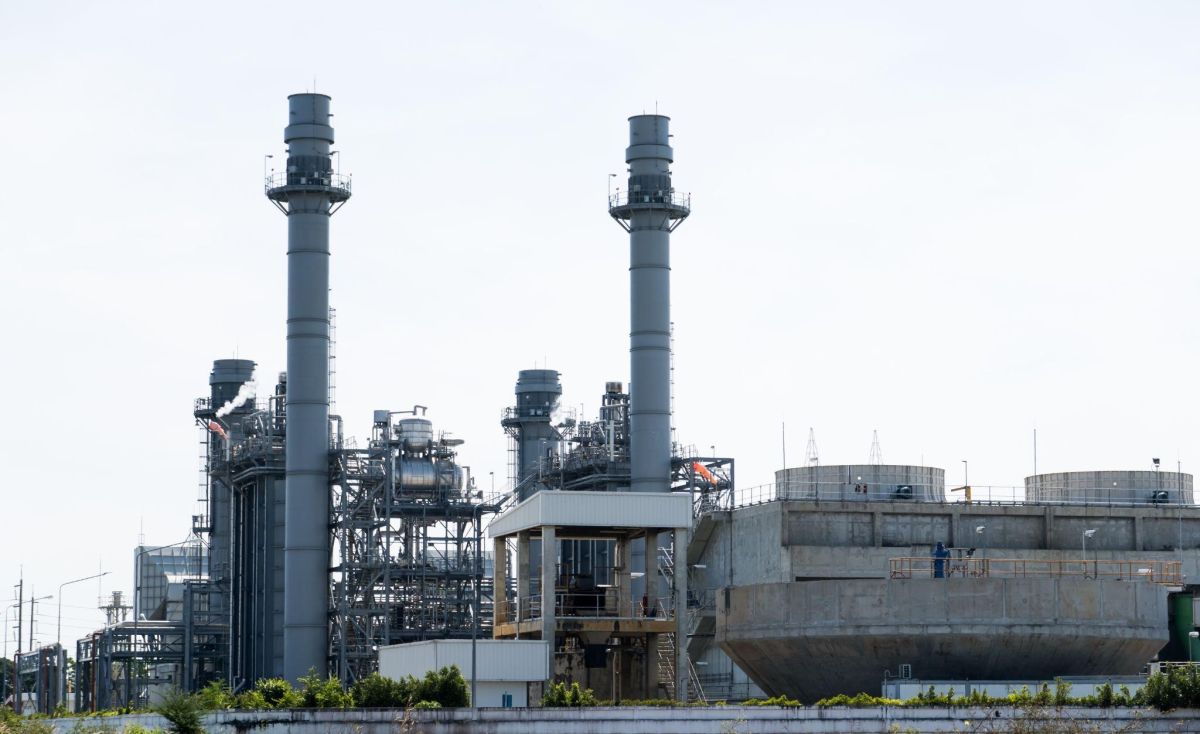WWW.UTILITYDIVE.COM
The Treasury Department’s final rule, issued under the Inflation Reduction Act, paves the way for organizations to receive over 30% of a project’s cost in cash payments for clean energy investments.
Many tax-exempt organizations are now eligible for a wide array of the Inflation Reduction Act’s tax credits through the U.S. Internal Revenue Service’s direct pay framework.
Also known as elective pay, the framework allows private nonprofits and government entities to receive clean and alternative energy tax credits through direct cash payments. The Environmental and Energy Study Institute notes that most entities would qualify for tax incentives of between 30% and 50% of a project’s total cost, depending on the project’s location and the extent to which domestically produced hardware is used. Previously, the credits were limited to organizations with federal tax liabilities, which could only claim credits to offset the taxes they owed.
The U.S. Treasury Department released its long-awaited final rule for the program on March 5, clearing the way for nonprofits and government entities to begin claiming IRA credits.
Direct pay covers 13 tax credit programs authorized or extended by the IRA. The most popular program is the Commercial Clean Vehicle Credit, which aligns with many entities’ existing vehicle fleet electrification goals and is “relatively less complex than … other applicable credits,” Mark Ritacco, chief government affairs officer for the National Association of Counties, or NACo, told Facilities Dive. But county governments are also interested in solar, EV charging, and biogas credit programs, Ritacco said.
Direct pay covers investments placed in service after Dec. 31, 2022, and “early adopters” are now beginning to claim credits for the 2023 tax year, said Todd Guerrero, partner and chair of the energy group at law firm Kutak Rock. Guerrero expects claim volume to increase next year as more entities learn about the opportunity and as early adopters’ claims show that direct pay works as intended.
Which entities are eligible for direct pay?
Direct pay is available to state and local government agencies, school districts and other entities with taxing authority as well as tribal governments, corporations, rural energy cooperatives, religious organizations and nonprofits exempt from taxes under federal tax code sections 501(c)3 or 501(a).
To qualify for direct pay, eligible entities must register with the IRS, submit information about the qualifying investment and file a tax return for the year the investment became operational.
Though the process is straightforward for entities accustomed to dealing with the IRS, it may be unfamiliar for tax-exempt organizations, according to Carolyn Berndt, legislative director of sustainability at the National League of Cities, or NLC.
Claiming federal tax credits involves “a whole new set of learning curves” for the smaller, resource-constrained and risk-averse municipalities that account for much of NLC’s membership, Berndt said in an interview.
Given many eligible entities’ limited experience with tax financing, the most likely early adopters are entities that “are more familiar with the energy industry,” like public utilities and rural electric cooperatives, Guerrero said.
Many utilities already benefit indirectly from tax financing through power purchase agreements with for-profit companies, “so they know that if you’re not utilizing tax credit programs, you’re leaving money on the table,” he said.
Allyssa Wall, a Kutak Rock attorney whose practice covers renewable energy tax credits, has seen interest from a broader set of tax-exempt entities that own property suitable for solar arrays, which are expensive to install but can significantly reduce energy costs over time. That includes larger, “more sophisticated” entities like airport authorities, which have high energy needs and ample land available for solar production as well as smaller organizations with modest operating budgets, Wall said.
“Direct pay makes [going solar] more financially feasible when money is tight,” Wall noted.
Eligible investments: Solar, HVAC, EV fleets and more
Solar arrays aren’t the only clean energy investments that qualify for direct pay. Eligible tax-exempt organizations can also claim credits on small wind turbines, biogas generators, fuel cells and geothermal heat pumps through the Investment Tax Credit for Energy Property. Other forms of eligible energy infrastructure include battery storage systems, microgrid controllers and combined heat and power systems.
The base credit for these energy investments is 6% of the total project cost, according to an IRS fact sheet. The fact sheet shows the credit increasing to 30% for larger projects that meet IRS’ prevailing wage and apprenticeship requirements and climbing further – 10% for production tax credits or 10 percentage points for investment tax credits – for projects located in energy communities that rely on fossil fuels or other heavy industries.
Overcoming direct pay learning curves
Despite being “a huge opportunity” for cities and other tax-exempt organizations, the direct pay framework has some potential pitfalls, Berndt said.
The timing of direct pay reimbursement, which comes only after a qualifying investment enters service, is one such challenge. Many qualifying investments’ upfront costs are too large to cover out of operating budgets, meaning grant funding, bond issues and other funding sources remain vital to project underwriting, Berndt said. Some clean energy projects, such as solar arrays and ground-source heat pumps, can take longer than a year to complete, Berndt added.
Organizations must also meet the IRA’s domestic content requirements, which begin phasing in this year. Unless they meet the domestic content requirements, some projects that begin construction in 2026 or later may not qualify for any production or investment tax credits, according to an analysis by the World Resources Institute. Exceptions exist for projects with generating capacity of under 1 MW and in situations where the domestic content requirements would be financially burdensome. But “domestic content is the problem child right now,” Kutak Rock’s Wall said, pointing to widespread concern that many otherwise worthy investments will not qualify.
Although the Treasury Department’s final regulations do not directly address domestic content issues, it will issue additional clarifications regarding domestic content in forthcoming regulations, JD Supra reported.
In late February, just before the final rule was published, NLC, NACo and several other associations filed a “very granular” public comment with the U.S. Treasury Department, requesting changes to the current requirements, said Michael Gleeson, legislative director for finance, administration and intergovernmental relations at NLC.
With months to years of planning and environmental reviews required for larger clean-energy projects, some projects in the planning stages today might not start construction until 2026, Gleeson said.
Gleeson said the Treasury Department is expected to issue a final rule on the domestic content element and other aspects of the IRA, later this year.
Meanwhile, groups like NLC and NACo are working to build awareness of direct pay and set eligible entities up for success.
“Our message is [that] this is a great opportunity, but it’s complicated, so take the time to plan ahead and get it right,'” Berndt said.



















